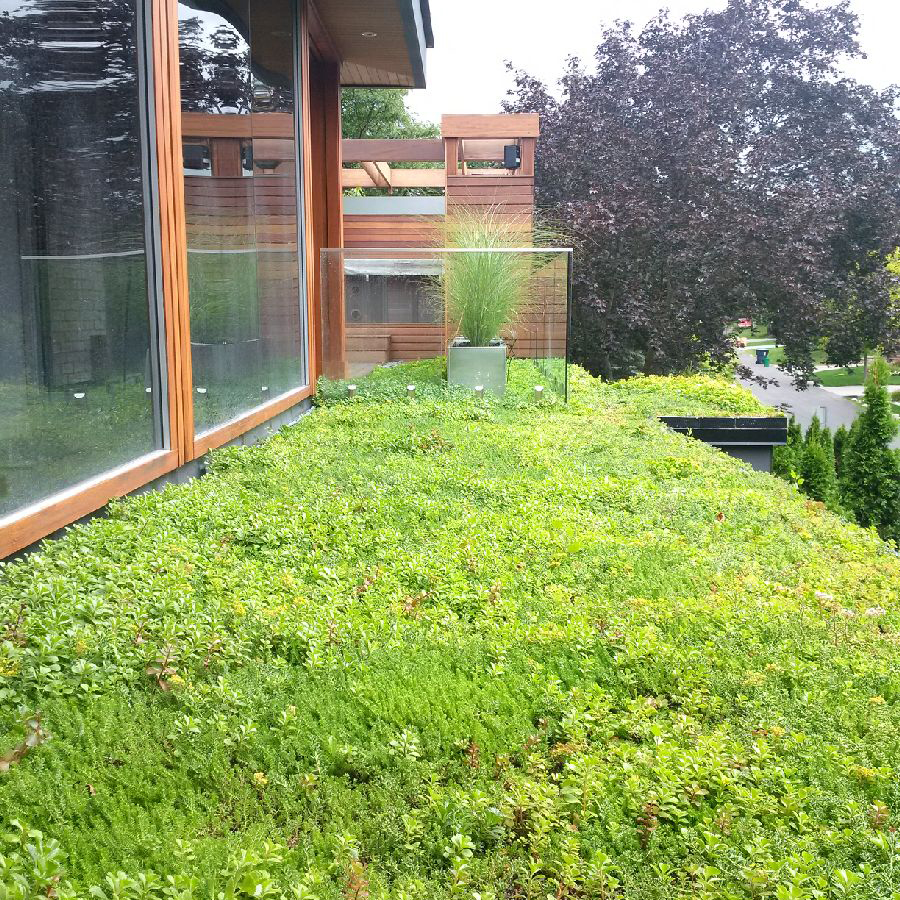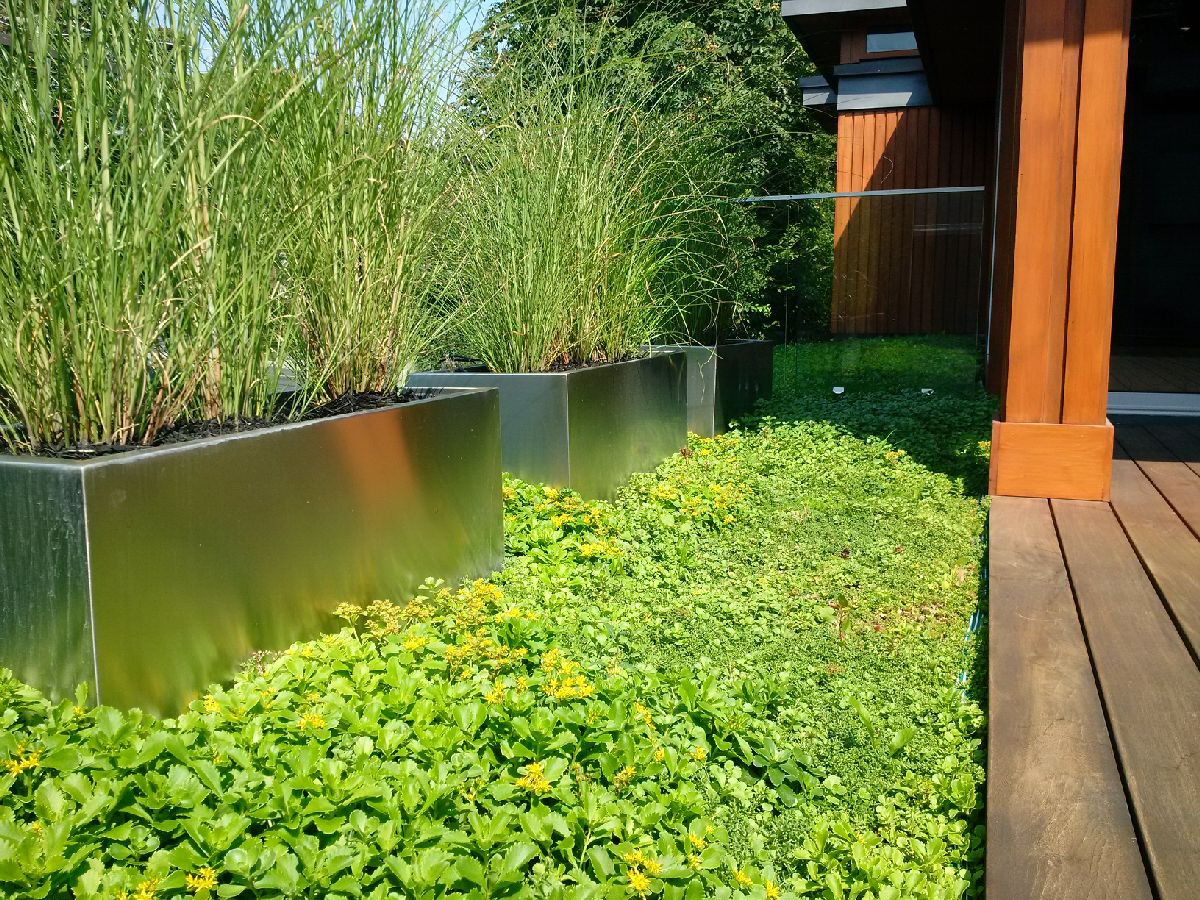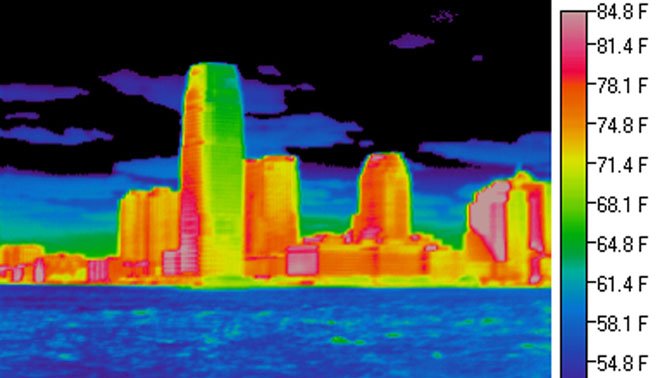
How Green Roofs Can Help Mitigate the Urban Heat Island Effect in Cities
Turn Down the Heat
Green infrastructure is a recent response to urban development’s mosaic of growing trends. With the amount of concrete in cities, intentions to return vegetation back into the landscape are apparent. Green roofs are an example of these efforts along with other concerns it targets. The need for green spaces are convincing with the issues of forecasts predicting warmer temperatures in more densely built-up areas than compared to the rural setting, just outside the urban core. This phenomenon is referred to as the urban heat island effect. The reason for this lies largely in the construction of these spaces. With the increasing city scope, a dominance of built and paved surfaces emerge on the scene. These low albedo surfaces, including concrete and asphalt, lack the thermal and radiative properties to reflect the necessary amount of heat to keep cool. Similar to wearing a wool sweater by a fire, these urban areas become unable to perspire through the unbreathable fabric. Consequently, these materials become a contributor to the amplified temperatures measured within our cities, as opposed to the cooler temperatures of our rural neighbours. Fortunately, green roofs counteract this situation without impeding urban development.
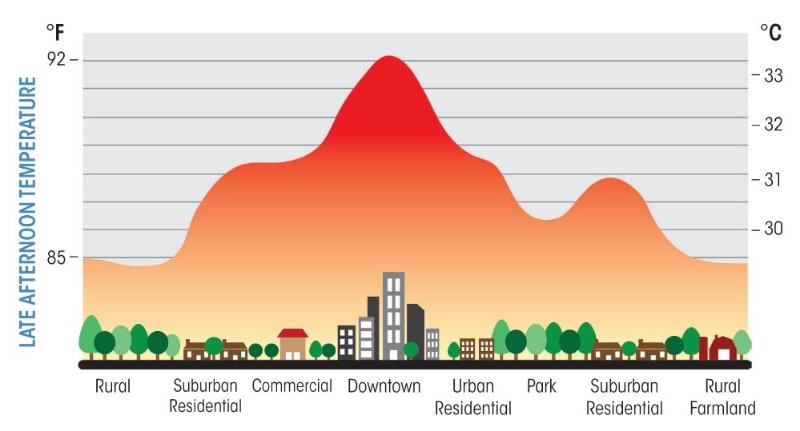
Fig.1
Beyond the blatant issue of warmer conditions, there are numerous repercussions. Health issues including previously recorded incidents of lung issues like asthma, and instances of death related to heat exhaustion have become a forefront concern. Additionally, air pollution, stress on our ecosystems, increased water consumption, and negative economic shifts become significant considerations. These impacts can be drastically decreased through active initiatives. Re-establishing green spaces in the metropolitan landscape would be a step toward turning things around.
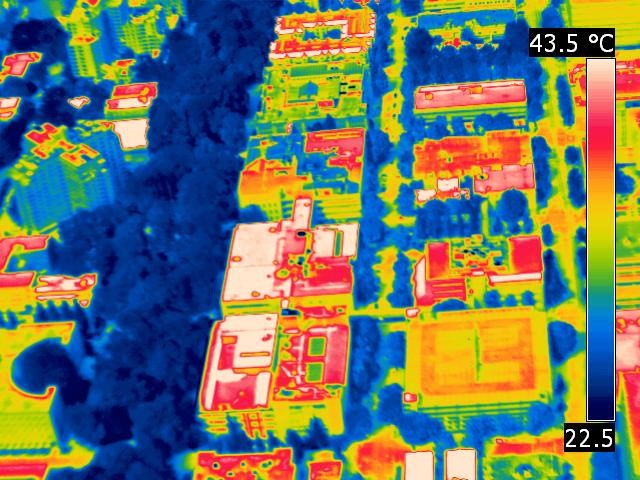
Fig. 2
On another level, innovative efforts introduced green roofs which can be considered an untouched medium in cities. Studies of prime hotspots in urban settings declared rooftops as having the highest ratings. The prospect of green roofs provide countless advantages and advancements toward mitigating the urban heat island effect.
Fig. 3
Integrating vegetation into rooftop design not only redefines conventional urban green space but would help regulate the system again via photosynthesis. The process triggers plants to evaporate and transpire through releasing moisture which cools down its surroundings. Essentially, this is the secret to the cooler rural areas. While it may seem the answer is simple, costs are considered a setback. However, initial expenses can outweigh the long term benefits in the larger and small sense. Taking advantage of this undisturbed opportunity, would be a strong tread toward turning down this heat.
Images
Fig. 1 Urban Heat Island Profile Source: Climate Conservative Consumer
Fig. 2 Heat map of an Urban Landscape Source: Berkley Lab, Heat Island Group
Fig. 3 Roof Temperature Conditions Source:Technical Preservation Services

